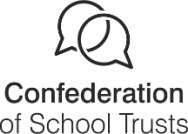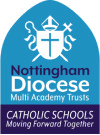By the end of this branch, pupils sequence the events from the Resurrection of Jesus to the coming of the Holy Spirit at Pentecost.
They understand that St. Luke writes a gospel about the life of Jesus as well as the Acts of the Apostles, which details the early Church.
Pupils retell the story of Saul’s conversion (Acts 9:1–19) and recognise that the description of the fruits of the Spirit is drawn from one of St. Paul’s letters (Galatians 5:22).
They understand that Christians believe the Holy Spirit opens their hearts to God, aids them in prayer, and encourages habits of kindness toward others and themselves.
Pupils name the fruits of the Holy Spirit and make simple connections between these virtues and the lives of saints or holy people who exemplify them.
Through creative and critical thinking, pupils express their wonder about the story of the resurrected Jesus appearing to the apostles.
They imagine the apostles’ feelings at the Ascension (Acts 1:6–11) and reflect on Saul’s transformation.
Pupils consider what they wonder about the fruits of the Holy Spirit and share personal responses to symbols of the Holy Spirit—such as wind, fire, and the dove—in art.
They link these reflections to previous branches, including Taizé representations and Marlene Scholz’s Blessed Trinity.
Additionally, pupils listen to and ask questions about the lives of saints who exemplify peacebuilding in the world.
In response to this branch, pupils reflect on the words “Come Holy Spirit,” thinking about what it means to open one’s heart to God.
They consider the significance of prayer, share stories from various religious communities, and explore how embodying the fruits of the Holy Spirit can positively impact their lives and those around them—including their families and the broader community.





